Some Back Bay architecture
Boston's Back Bay neighborhood is noted for its architectural
variety and significance. The Back Bay district was created in
the mid-nineteenth century by filling what were then tidal flats
to the east of the Charles River; an embankment and later an
earthen dam were built, creating the mile-wide Upper Basin we know
today. The adjoining South End was created a few decades earlier;
both neighborhoods are known for their Victorian rowhouses. (The
rowhouse as a form is unusual in Boston; more common is the unique
local form called the “triple-decker”, which is not
found in either district.) There is some controversy over the
exact dividing line between the Back Bay and the South End, with
some claiming as far south and east as Columbus Avenue, based on
historical considerations; the Back Bay Architectural District,
however, extends only as far as Boylston Street.
Today's walking tour takes us from Symphony Hall up
Massachusetts Avenue past the Christian Science church and Berklee
College of Music, then down Boylston Street to Copley Square. On
the way, we stopped to photograph some of Boston's most beautiful
buildings—and a few of Boston's ugliest. A word of warning:
I was very surprised to find out, when I visited the BSO box
office at Symphony Hall, that they do not sell tickets for
Tanglewood events (even though Tanglewood is a part of the
BSO).
All photos in this gallery are licensed under the Creative
Commons Attribution ShareAlike 2.5 license. If you would like to
use one of these photos in Wikimedia Commons, please
ask for the original, high-resolution version.
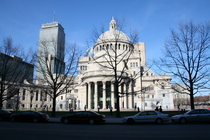 |
| First Church of Christ, Scientist |
|
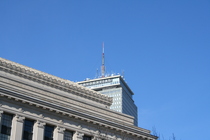 |
| Pru antennas |
|
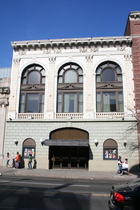 |
| Berklee Performance Center |
|
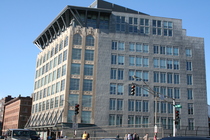 |
| Transit Building |
|
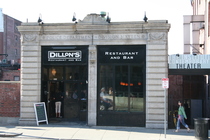 |
| 955 Boylston Street |
|
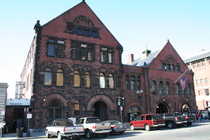 |
| 941-955 Boylston Street |
|
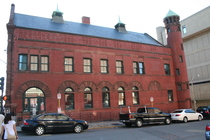 |
| 941 Boylston Street |
|
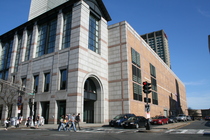 |
| Hynes Convention Center |
|
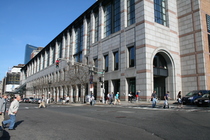 |
| Hynes Convention Center |
|
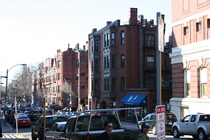 |
| Hereford Street |
|
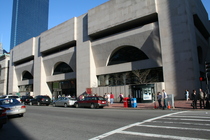 |
| BPL Johnson Building |
|
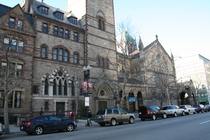 |
| New Old South Church |
|
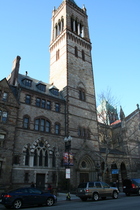 |
| Old South campanile |
|
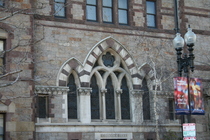 |
| Od South detail |
|
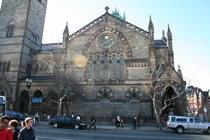 |
| Old South at Dartmouth St. |
|
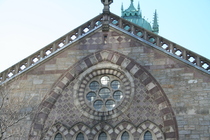 |
| Old South detail |
|
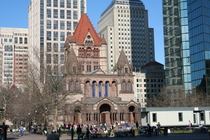 |
| Trinity Church, Boston |
|
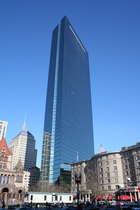 |
| Big Glass Box |
|
 |
| Copley Plaza Hotel |
|
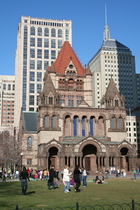 |
| Trinity Church |
|
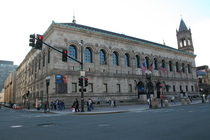 |
| Boston Public Library |
|
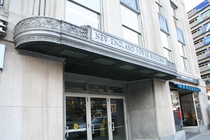 |
| New England Power Building |
|
 |
| Power Building detail |
|
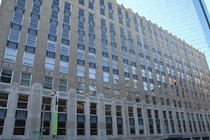 |
| Power Building, Stuart St. |
|
Copyright 2007 Garrett Wollman. All rights reserved.























